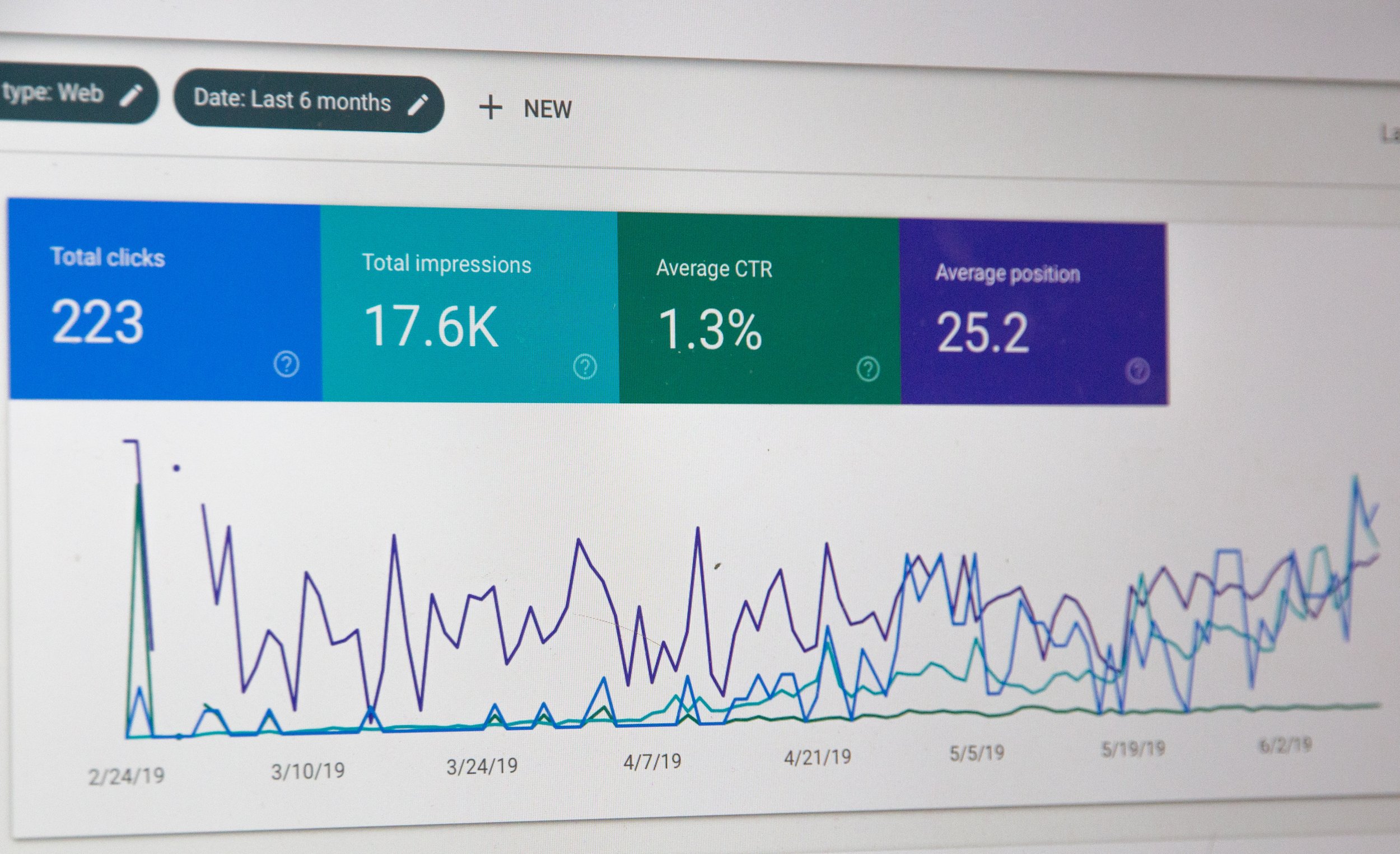Yes, we’ve all heard that content is king. And for the last decade or so, we’ve been churning out blog posts, podcasts, emails, infographics, white papers, and practically every other type of content we can dream up. Unfortunately, many brands are now creating content simply for content’s sake.
What’s the primary thing missing? An overall strategy and a way to measure success.
CRAFTING YOUR CONTENT MARKETING FUNNEL
The first key to getting results with content is understanding your content marketing funnel. Your organization likely has a marketing funnel mapped out—the content marketing funnel complements and fulfills it. Like your marketing funnel, the content marketing funnel has a series of phases: awareness, consideration, and purchase. (Note: there are several versions of these stages, but they all have the same basic idea.) And, just as with a marketing funnel, they track the buyer’s journey from their first encounter with your content (awareness) to the final step (purchase).
So, to effectively build out your funnel, you need to categorize your existing content into one of the two initial categories: awareness or consideration. (You may have some content in the purchase phase, but this would be minimal and likely consist of follow-up emails or instructions on using the newly purchased product.)
SETTING GOALS FOR YOUR CONTENT MARKETING FUNNEL
Now is the time to think carefully about each phase of the funnel and what action you want your content consumer to take. Every piece should have a goal—even in the awareness phase. For example, if the purpose of your blog is to build awareness around your product, you may set a goal of having blog visitors click through to another page on your website. In that case, there may not be a traditional call to action button at the bottom of the blog post asking readers to sign up for your email list (or whatever your otherwise preferred call to action may be).
When it comes to consideration, you may want to set goals more specific to guiding the buyer further down the funnel, such as signing up to get a white paper or joining your email list. As the reader moves down the funnel, the stronger and more specific the call to action will be for your piece.
SET YOURSELF UP FOR SUCCESS: TRUST YOUR DATA
None of your goals will matter if you don’t trust your own data. Is your site set up correctly? Do you have appropriate UTM tags in place? When you jump into Google Analytics or Search Console, do you even know what you're looking at?
Without reliable, understandable data, it will be impossible to tell if your content is compelling, and you’ll end up right back where you started!
Need help with your analytics setup? We can help! Let’s talk it over.
MEASURE, TWEAK, TRY AGAIN
Let’s face it; we’re all subject to cognitive bias. It can be really easy to watch a social post or podcast get some traction and then make assumptions about how that performance affects your content goals. Instead, use the objective, factual data you’ve collected to tell the story of how well your content marketing funnel is converting. (We have some good tips on doing just that in this post).
Once you have some data to look at, it’s time to tweak and try again. And then measure the results—again. For the best results, get in the habit of trying only one variable at a time and then testing each piece of content for the best outcome. Learn what your audience is looking for and meet their needs. Remember: all content should have a goal. Now get out there and publish!
Photo by Stephen Phillips - Hostreviews.co.uk on Unsplash

